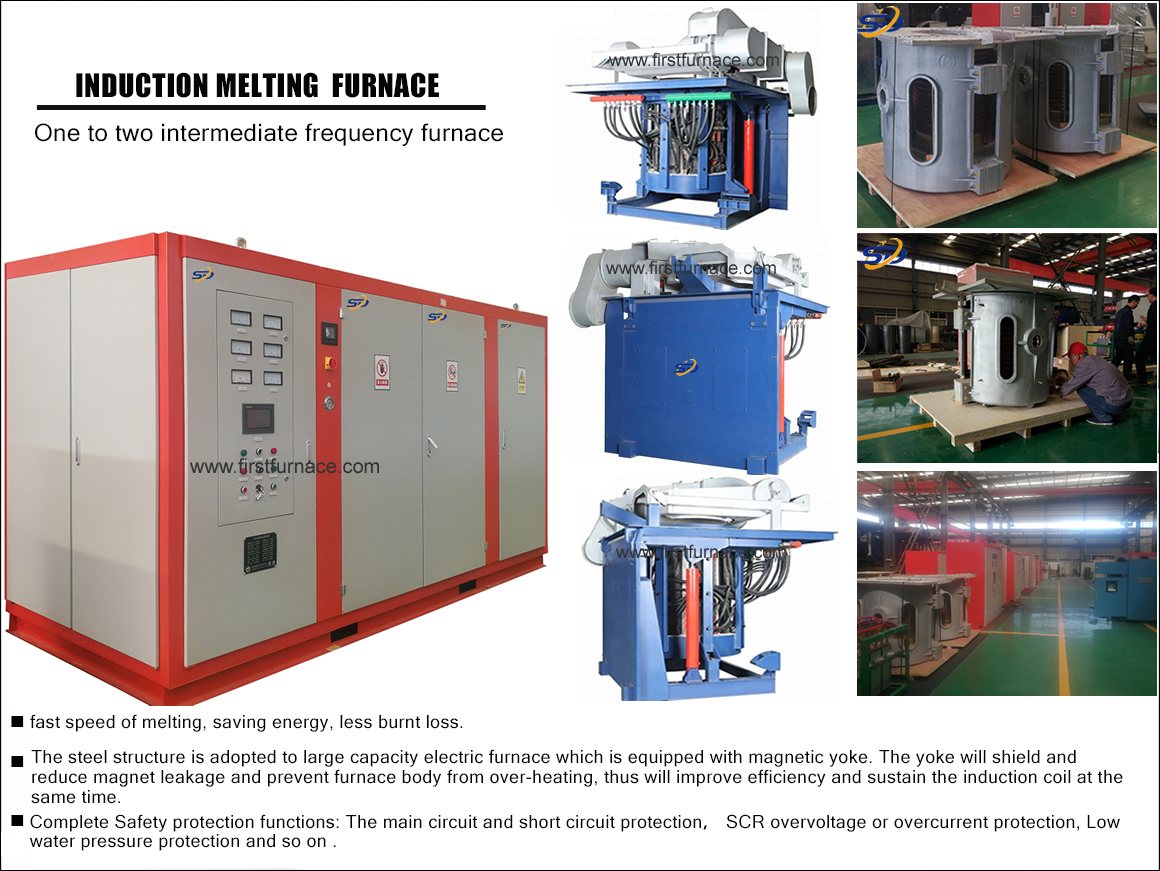Sales hot line ( 24 hours service): 18037961302
E-Mail: firstfurnace@gmail.com
whatsapp:+8618037961302
Adress: Luoxin Industrial Park, Luoyang, HenanLarge diameter steel pipe quen
Piston rod quenching and tempe
Grinding rod quenching and tem
High frequency induction heate
Quenching equipment for machin
Round steel end heating furnac
Steel pipe heat treatment prod
Square steel quenching and tem
Sucker rod quenching and tempe
Thickened petroleum steel pipe
Round steel quenching and temp
Steel pipe quenching and tempe
Steel plate quenching and temp
Induction Hardening Machine&nb
Flywheel ring gear high freque
Examples of frequent failures and solutions of induction melting furnaces
Examples of common failures and solutions in induction melting furnaces are as follows:
(1) The switchgear cannot start normally.
1) The fault phenomenon is that the DC current is large when starting, the DC voltage and the intermediate frequency voltage are low, and the device emits a dull over-current protection sound. It is possible that the thyristor of one leg of the inverter bridge is short-circuited or open, causing the three-arm bridge of the inverter bridge to operate. Use an oscilloscope to observe the voltage drop waveforms of the thyristors on the four legs of the inverter bridge. The voltage drop waveform of the thyristor is a straight line, the thyristor has penetrated, and if it is a sine wave, the thyristor is normal.
2) When starting, the DC current is large, the DC voltage is low, and the intermediate frequency voltage cannot be established normally. At this time, it is possible that the compensation capacitor is short-circuited. The capacitor must be disconnected, use a multimeter to find the short-circuit capacitor and replace it.
(2) Overcurrent protection.
The over-current protection referred to here is the over-current protection in which the electrical parameters and sound are normal when the heavy-duty refrigeration furnace starts, but the power cannot be increased.
1) The inverse conversion flow angle is too small. Use an oscilloscope to watch the commutation angle of the inverter thyristor and adjust the commutation angle to a suitable value.
2) The insulation resistance of the furnace body is low or short-circuited. Use a megger to test the resistance of the furnace body to eliminate the short-circuit point of the furnace body.
3) The resistance of the steel charge relative to the induction coil is low. Use a megger to detect the resistance of the charge relative to the induction coil. If the resistance is low, rebuild the furnace.
(3) It is not easy to start the starting circuit without a special signal source when the zero voltage is activated.
1) The current negative feedback amount is not adjusted properly;
2) Whether the anti-parallel diode connected in series with the current transformer is broken down;
3) Whether the signal line is too long or too thin;
4) Whether the signal synthesis phase is connected wrongly;
5) Whether the intermediate frequency transformer and the isolation transformer are damaged, pay special attention to whether the transformer turns are short-circuited.
(4) Zero voltage is not easy to start the frequency sweep starting circuit.
1) The starting frequency of the sweep frequency is inappropriate, and the starting frequency should be reselected;
2) If the frequency sweep circuit is faulty, use an oscilloscope to observe the waveform and frequency of the frequency sweep circuit to eliminate the fault of the frequency sweep circuit;
3) The electrical parameters and sound are normal when starting, the current suddenly disappears when the power is increased, and the voltage reaches the rated value. Overvoltage and overcurrent protection. At this time, check the load copper bar connector and water-cooled cable.
(5) The equipment starts abnormally without load.
The equipment can be started without load but the DC voltage is not up to the rated value, and the DC smoothing reactor has an impulsive sound and is accompanied by jitter. At this time, turn off the inverter control power supply, connect a dummy load to the output end of the rectifier bridge, and observe the output waveform of the rectifier bridge with an oscilloscope. You can see the phase loss waveform of the rectifier bridge output. The reasons for the lack of phase may be:
1) The rectifier trigger pulse is lost;
2) Insufficient amplitude and narrow width of the trigger pulse result in insufficient trigger power, which causes the thyristor to be switched on and off;
3) The pulse timing of the double-pulse trigger circuit is incorrect or the complementary pulse is missing, the control pole of the thyristor is open and short-circuited or the contact is poor.
(6) Overvoltage or overcurrent protection.
The equipment can be started normally and smoothly, and when the power rises to a certain value, it is protected against overvoltage or overcurrent.
1) Analysis and processing I
① Run the equipment with no load first, and observe whether the voltage can be raised to the rated value. If the voltage cannot be raised to the rated value, and the overcurrent protection is close to a certain value of the voltage for many times, this may be caused by insufficient withstand voltage of the compensation capacitor or thyristor. Yes, but it is not ruled out that a certain part of the circuit is damaged.
②The failure phenomenon of the DC smoothing reactor is the unstable operation of the equipment, the fluctuation of the electrical parameters, the abnormal sound of the equipment, the frequent occurrence of overcurrent protection and the burning of the fast thyristor.
2) Analysis and processing H
① The failure of the DC smoothing reactor in the maintenance of the induction melting furnace is difficult to judge and deal with. The easy failure of the DC smoothing reactor is that the user adjusts the air gap and the number of coil turns of the reactor at will, which changes the inductance of the reactor, affects the filter function of the reactor, and causes the output DC current to appear intermittent. The inverter bridge works unstable, the inverter fails, and the inverter thyristor is burned. If the air gap of the reactor is reduced and the number of coil turns is reduced, the inverter bridge will pass through in a short time, which will reduce the secret of the reactor to block the current rise and burn the thyristor.
② Randomly changing the inductance of the reactor will also affect the start-up performance of the equipment.
③If the coil of the reactor is loose, the electromagnetic force will cause the coil to jitter when the equipment is working, and the inductance will change suddenly when the coil is jittered, which will easily cause the inverter to fail during light-load startup and low-current operation.
④Reactor coil insulation is not good, short-circuit to ground or inter-turn short-circuit ignition and discharge will cause the reactor's inductance sudden jump and strong electromagnetic interference, which will make the equipment work unstable and produce abnormal sound, and frequent over-current will burn the thyristor.
(7) Causes of short circuit due to poor insulation of the coil insulation layer.
1) Poor cooling, too high temperature causes the insulation of the insulation layer to deteriorate and spark charring.
2) The coil of the reactor is loose, and the relative movement and friction between the coil insulation layer and the coil insulation layer, and between the coil insulation layer and the iron core causes the insulation layer to be damaged.
3) When dealing with the scale of the reactor coil, the acid liquid is penetrated into the coil, and the acid liquid corrodes the copper tube and generates copper salt to destroy the insulation layer.
4) When the furnace lining is removed, water is used for cooling. When the new furnace lining is sintered, water is analyzed, causing the current to increase at the contact part of the coil and the magnetic reel, and the insulation layer is damaged.
(8) Burn out multiple KP thyristors and fast-acting.
When the equipment is running in the normal over-current protection operation, multiple KP thyristors and fast fuses are burnt out. This is because in order to release the energy of the smoothing reactor to the grid during over-current protection, the rectifier bridge changes from the rectification state to the inverter state. At this time, if a is 150. , It may cause the active inverter to subvert and burn out multiple thyristors and fast fuses, the switches will trip and there will be a huge current short-circuit explosion sound. The transformer will have a large current and electromagnetic impact, and the transformer will be damaged in severe cases.
The equipment is operating normally but the equipment is unstable near a certain point in the high voltage area, and the DC voltmeter shakes. This situation is likely to cause the inverter bridge to overturn and burn the thyristor. This kind of fault is more difficult to eliminate, and it mostly occurs when a certain part of the equipment is sparked under high pressure:
1) Loose screws connecting the copper bar joints cause ignition;
2) Oxidation of the main connector of the circuit breaker causes ignition;
3) The loosening of the compensating capacitor wiring post screw causes ignition, and the internal discharge resistor and absorption capacitor of the compensation capacitor ignite;
4) The insulating part of the water-cooled radiator is too dirty or carbonized and ignites to the ground;
5) The induction coil of the furnace body ignites the bottom of the furnace shell and the furnace body’s induction coil turns are too close to cause ignition or arc ignition. The insulating column of the induction coil of the fixed furnace body ignites due to high-temperature carbonization discharge;
6) Fire inside the thyristor.
The equipment is operating normally, but sharp beeps and beeps can be heard from time to time, and the DC voltmeter has a slight swing. At this time, use an oscilloscope to observe the voltage waveform at both ends of the inverter bridge, and you can see that the inverter has periodic and short periods. A failure of a cycle or a brief failure of an indefinite period. The short-term failure of the parallel resonant inverter circuit can be self-recovered. The short-term periodic failure is generally caused by the interference of the inverter control part by the rectifier pulse; the non-periodic short-term failure is generally caused by the poor inter-turn insulation of the intermediate frequency transformer.
After the device has been operating normally for a period of time, the device has abnormal sounds, the meter readings are shaking, and the device is unstable. The main reason for the unstable operation is the poor thermal characteristics of the electrical components of the equipment. The electrical part of the equipment can be divided into two parts, weak current and strong current. The control part can be detected first to prevent damage to the main circuit power.
Device. When the main power switch is not turned on, only turn on the power of the control part. After the control part has worked for a period of time, use the oscilloscope to check the control part. If there is no problem, turn on the equipment. After the abnormal phenomenon occurs, Observe the voltage drop waveform of each thyristor with an oscilloscope to find the thyristor with poor thermal characteristics. If the voltage drop waveform of the thyristor is normal, then pay attention to whether there are problems with other electrical components, and pay special attention to circuit breakers and capacitors. , Reactor, copper bar contact and main transformer.
(9) The equipment is working normally but the power cannot be increased.
If the equipment is working normally, it can only mean that the components of the equipment are intact. If the power does not go up, it means that the equipment parameters are not adjusted properly. The main reasons that affect the power of the equipment are:
1) The rectifier part is not adjusted properly, the rectifier tube is not fully turned on, and the DC voltage does not reach the rated value, which affects the power output;
2) If the intermediate frequency voltage value is adjusted too high or too low, it will affect the power output;
3) Improper adjustment of the cut-off voltage value makes the power output low;
4) The mismatch between the furnace body and the power supply seriously affects the power output;
5) If the compensation capacitor is configured too much or too little, the power output with the best electrical and thermal efficiency cannot be obtained, that is, the best economic power output cannot be obtained;
6) The distributed inductance of the intermediate frequency output circuit and the additional inductance of the resonance circuit are too large to affect the maximum power output.
The equipment is operating normally, but when the power is raised or lowered in a certain power section, the equipment makes an abnormal sound and shakes, and the electrical meter indicates oscillation. This kind of failure generally occurs on the power given potentiometer. The unevenness of a certain section of the power given potentiometer causes unstable operation of the equipment, and in severe cases, the inverter overturns and burns the thyristor.
(10) The equipment operates normally but often breaks down the compensation capacitor.
1) The intermediate frequency voltage and operating frequency are too high.
2) The capacitor configuration is not enough.
3) In the capacitor boost circuit, the capacitance difference between the series capacitor and the parallel capacitor is too large, causing uneven voltage to breakdown the capacitor.
4) Poor cooling and breakdown of capacitors.
(11) The equipment is operating normally but frequent overcurrent.
When the equipment is running, the waveform sound of all electrical parameters is normal, that is, frequent overcurrent. When such a fault occurs, pay attention to whether it is due to improper wiring that produces electromagnetic interference and parasitic parameter coupling interference between lines. For example, strong wires and weak wires are laid together, power frequency wires and intermediate frequency wires are laid together, signal wires and strong wires and intermediate frequency wires are interwoven together.
(12) The thyristor will be burnt out as soon as the thyristor is switched on after the replacement of the thyristor.
If the device fails and burns the thyristor, do not turn on the device immediately after replacing the new thyristor. First, check the system of the device to eliminate the fault, and then turn it on after confirming that the device is not faulty. Otherwise, the thyristor may be burned as soon as the device is turned on. When installing a new thyristor, you must pay attention to the pressure balance, otherwise it will cause mechanical damage to the internal chip of the thyristor, resulting in a significant drop in the withstand voltage of the thyristor, and the phenomenon of burnt out as soon as the thyristor is turned on.
(13) After replacing the new thyristor, the booting is normal, but the thyristor is burned out after working for a period of time.
1) The thermal characteristics of the electrical components of the control part are not good.
2) The installation of the thyristor and the radiator is misaligned.
3) The scale in the water cavity of the radiator is too thick and the heat conduction is not good, causing the components to overheat and burn.
4) The temperature of the fast thyristor increases due to poor heat dissipation, and the turn-off time of the thyristor increases with the increase in temperature, which will eventually cause the component to fail to turn off, causing the inverter to overturn and burn the thyristor.
5) The operating temperature of the thyristor is too high, the gate parameters are reduced, and the anti-interference ability is reduced, which may cause false triggering and damage the thyristor and equipment.
6) Check whether the resistance-capacitance absorption circuit is intact.
(14) After replacing the new thyristor, the equipment still cannot work normally and the thyristor is burned out.
After the equipment fails, the thyristor is burned out, and the thyristor is statically tested after replacing it with a new thyristor. The equipment is all normal but still cannot work normally and stably, and the thyristor is easy to burn. At this time, pay special attention to whether the pulse transformer, power transformer, intermediate frequency transformer, and intermediate frequency isolation transformer have poor insulation between the primary coil and the secondary coil, between the coil and the iron core, and between the turns and the turns, which may cause ignition and burn the thyristor. The secondary voltage can be raised to the rated value, and the equipment can be transferred to heavy load operation to observe whether the current value can reach the rated value. If the current cannot be raised to the rated value, and the overcurrent protection is close to a certain value of the current for many times, this may be High current interference, pay special attention to the interference of the electromagnetic field of the medium frequency and large current on the control part and the signal.
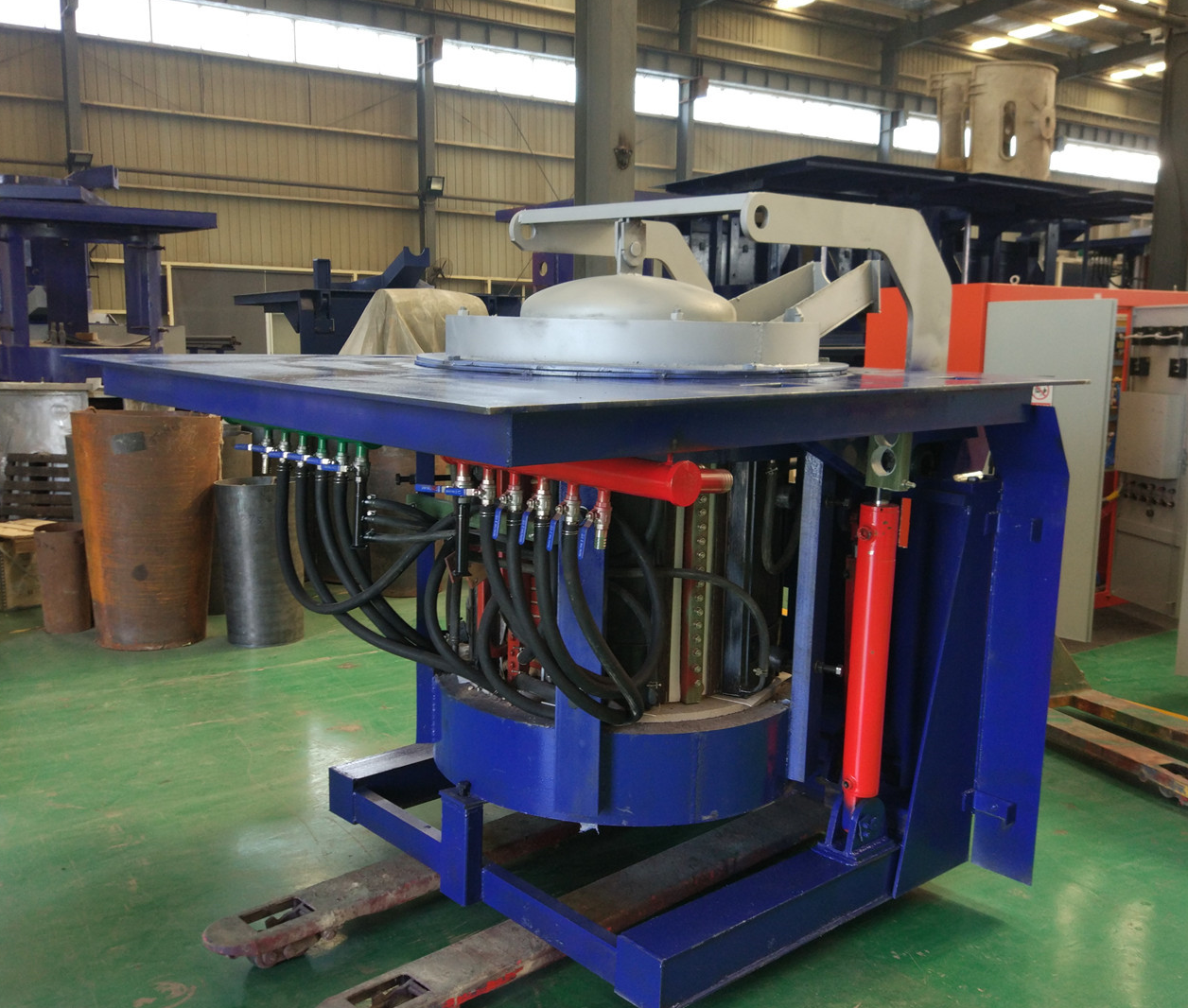
Iron induction furnace
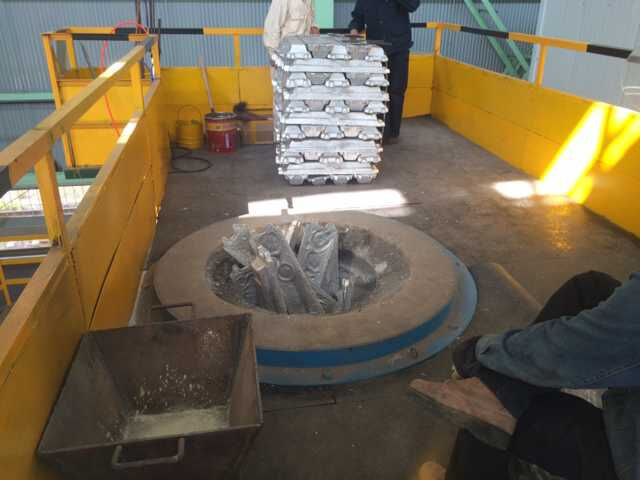
Aluminum melting furnace
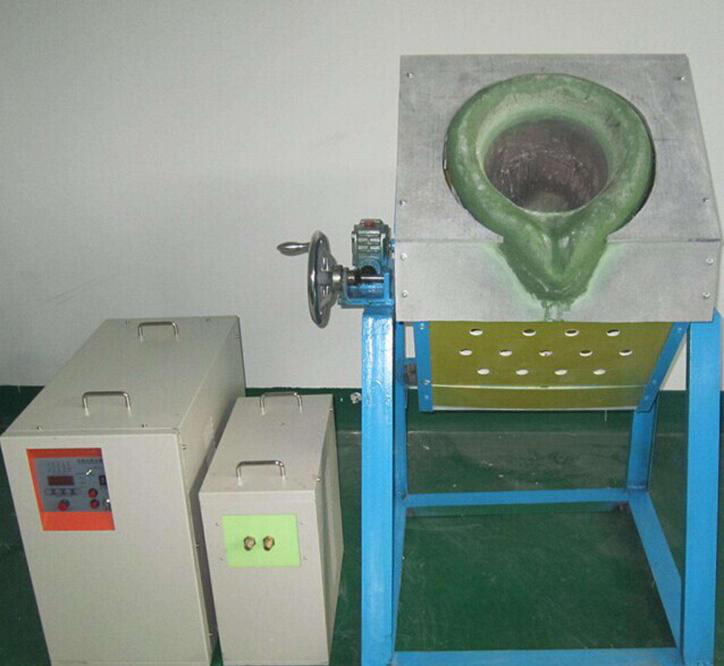
Copper melting furnace
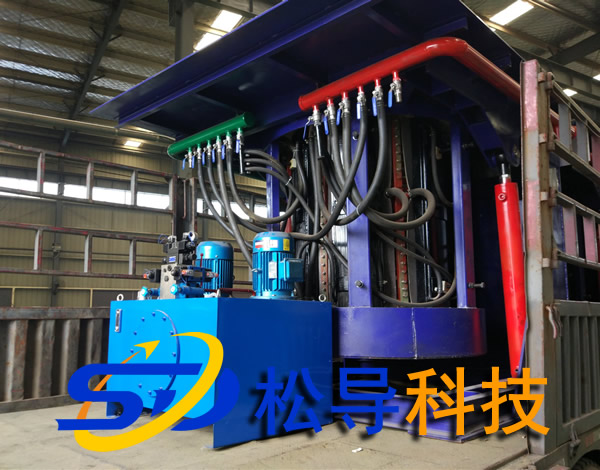
Small steel melting furnace
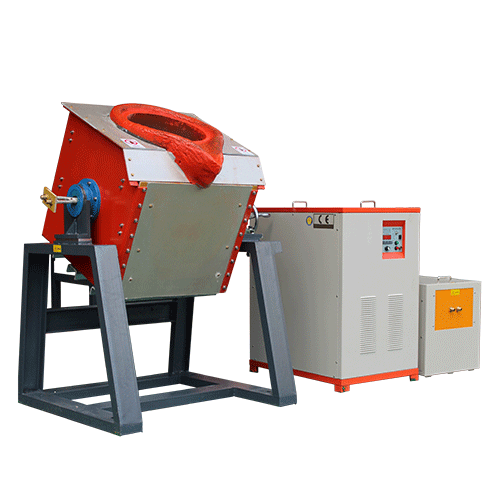
Small induction melting furnace
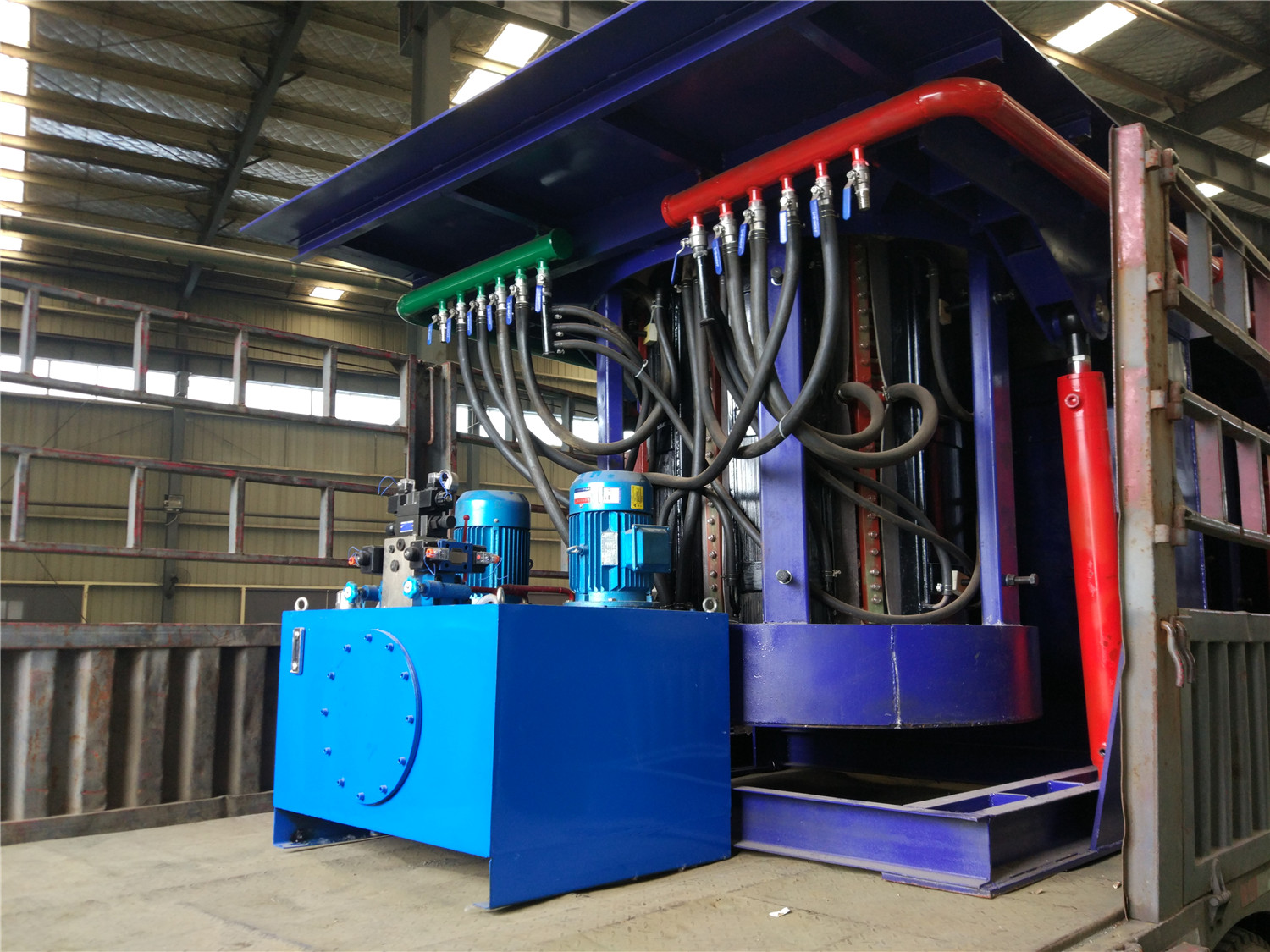
Induction iron furnace
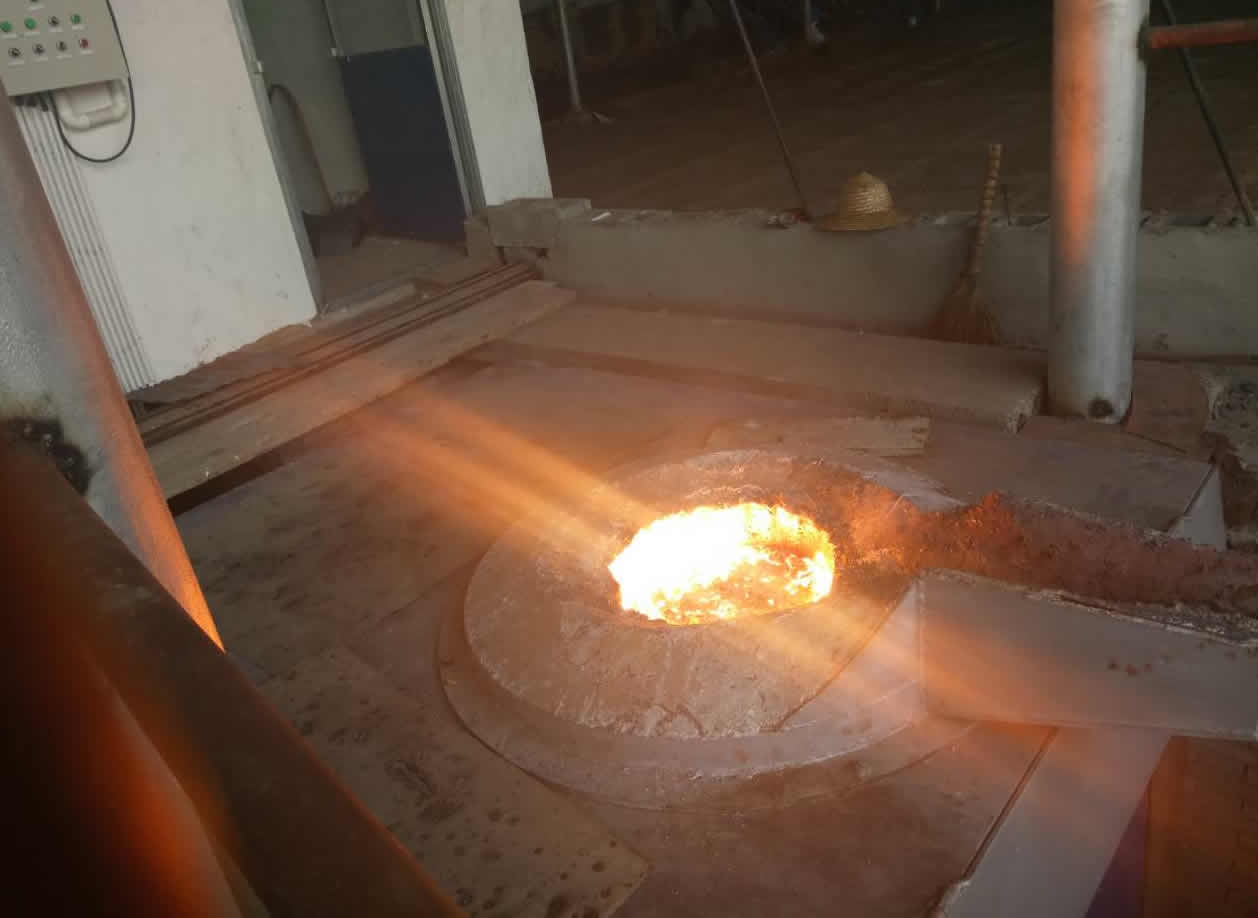
3T intermediate frequency iron melting f
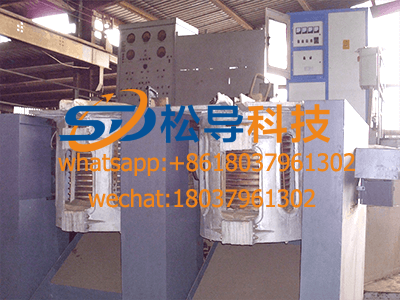
0.25T Intermediate Frequency Furnace
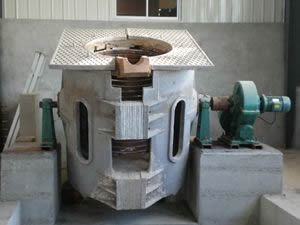
0.5T Intermediate Frequency Furnace
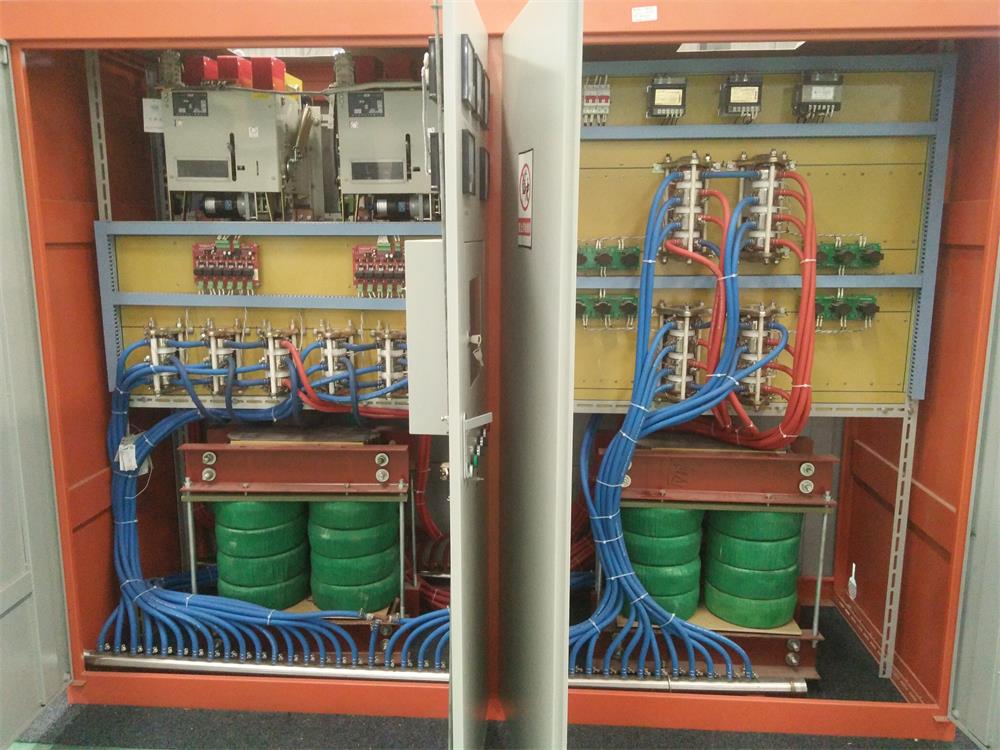
Medium Frequency Furnace

2T Induction Melting Furnace
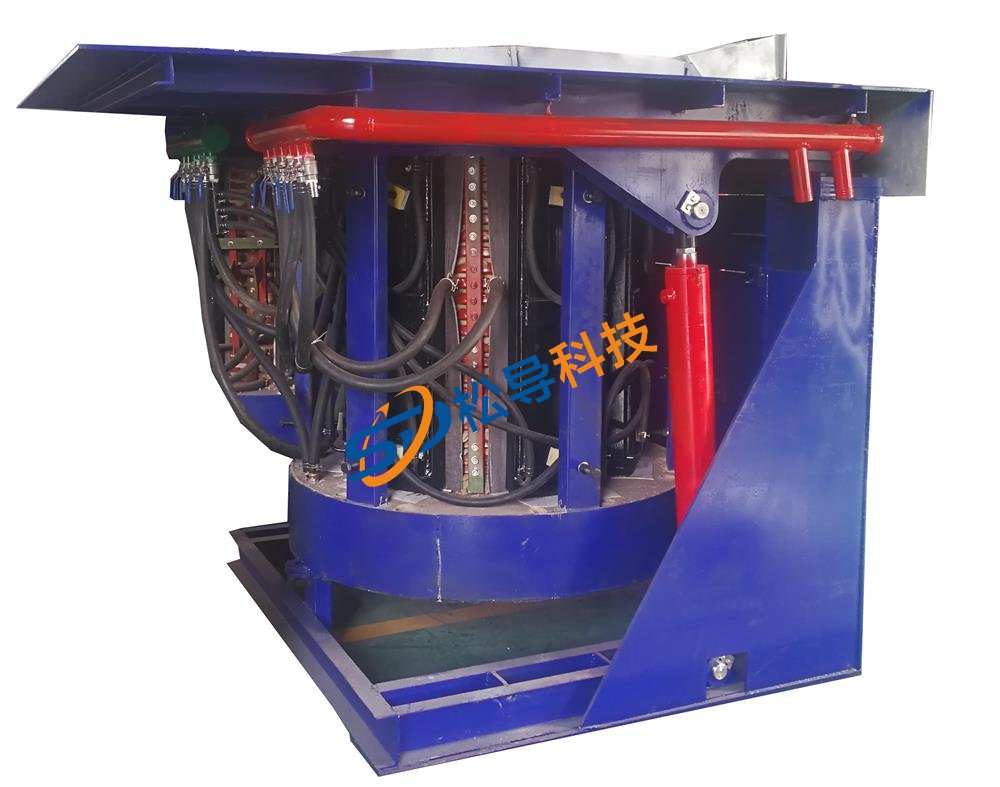
1T Induction Melting Furnace
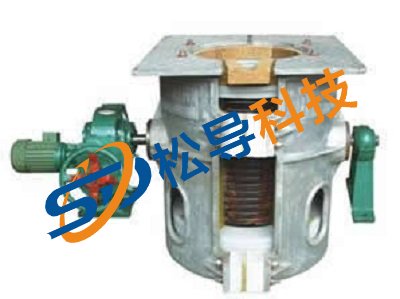
500kg Induction Melting Furnace
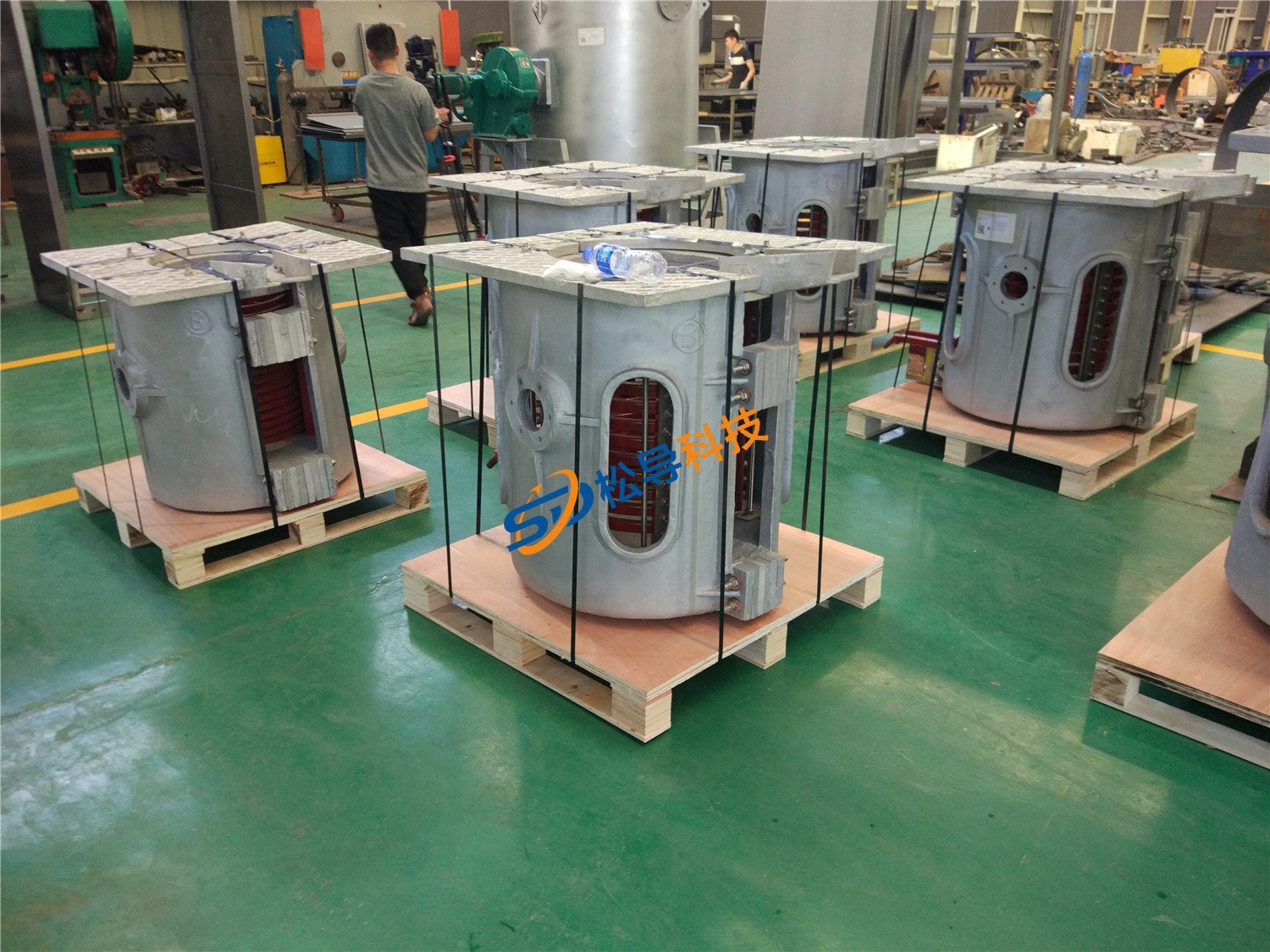
250kg Induction Melting Furnace
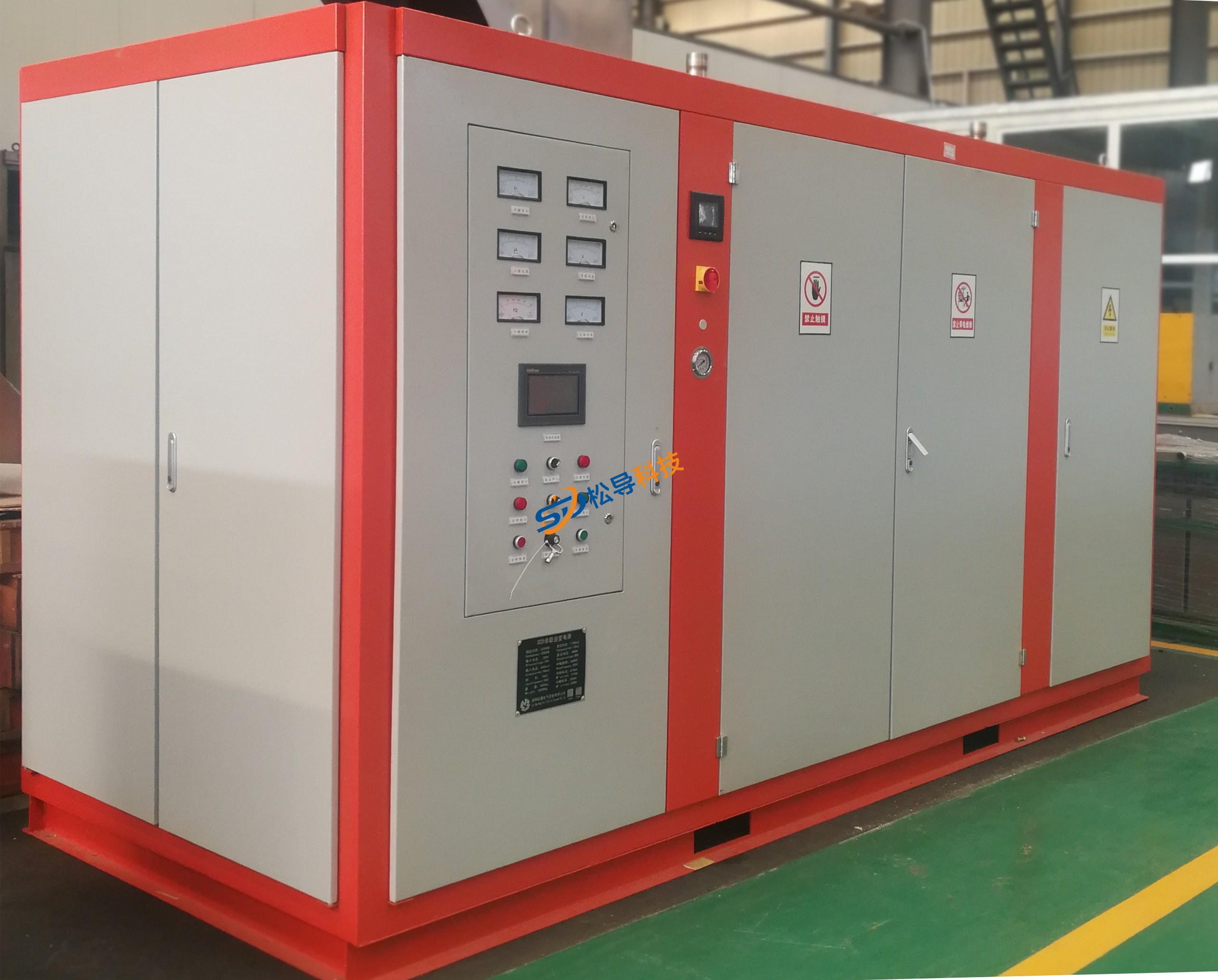
Induction Melting Furnace
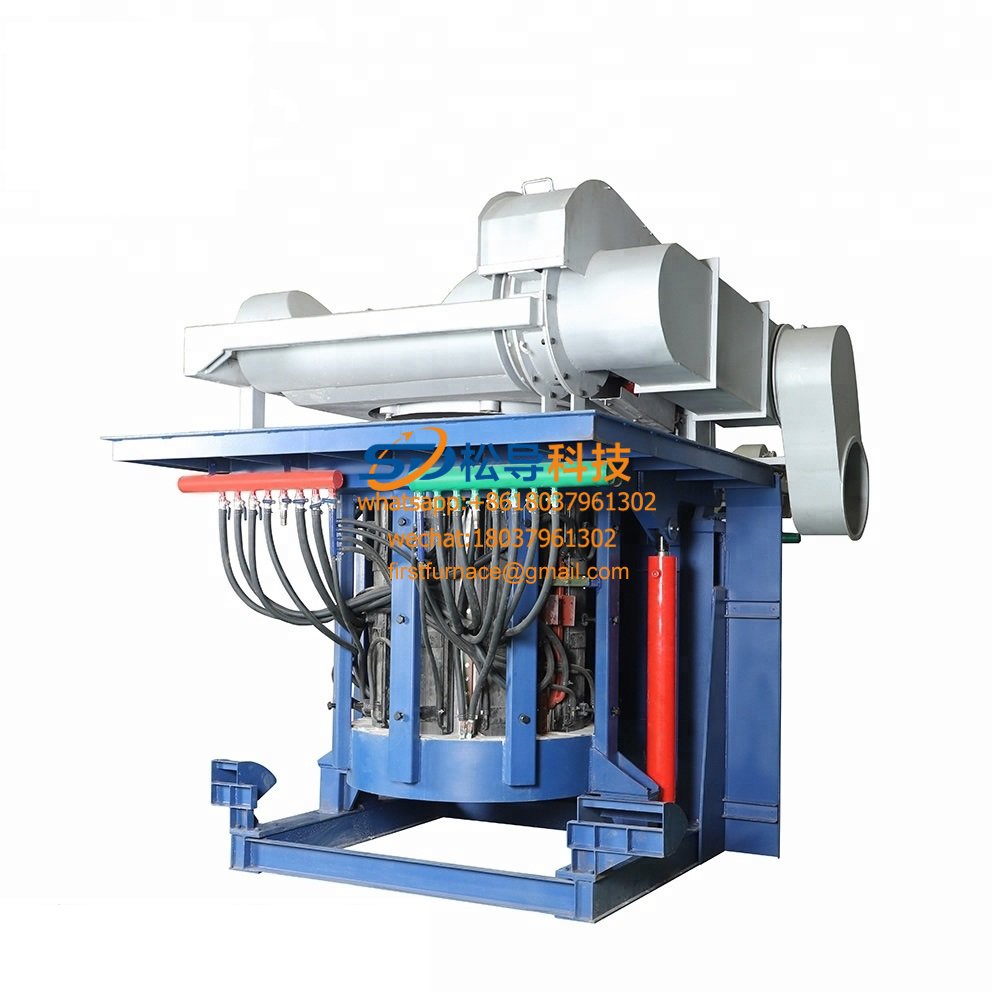
3 T Induction Melting Furnace
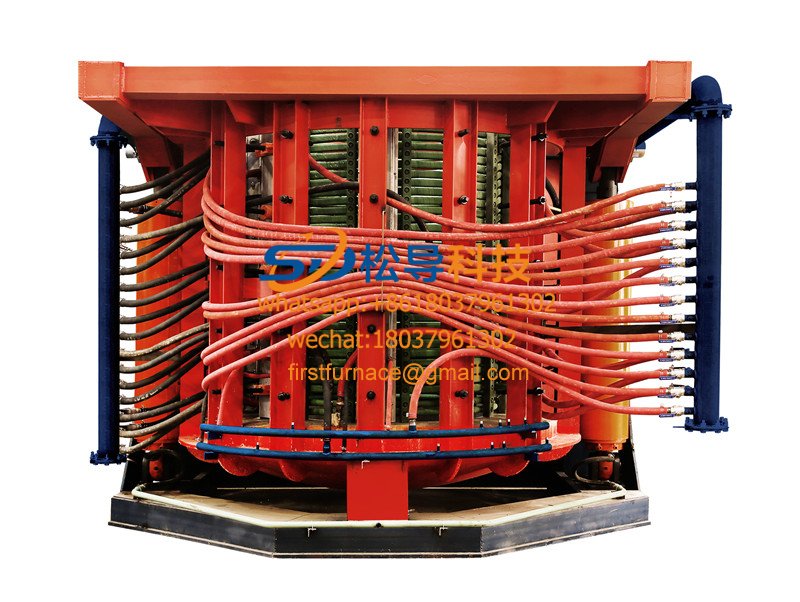
5T Induction Melting Furnace
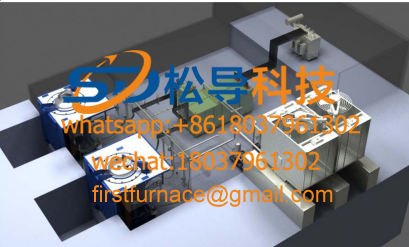
1T One Belt Two Intermediate Frequency F

5T One Belt Two Intermediate Frequency F
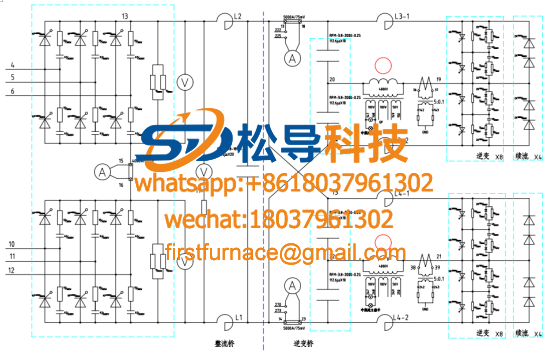
3T One Belt Two Intermediate Frequency F
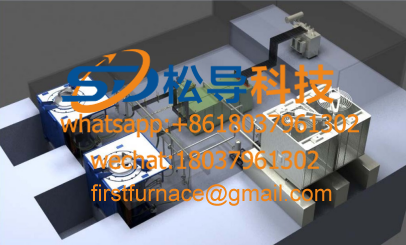
2T One Belt Two Intermediate Frequency F
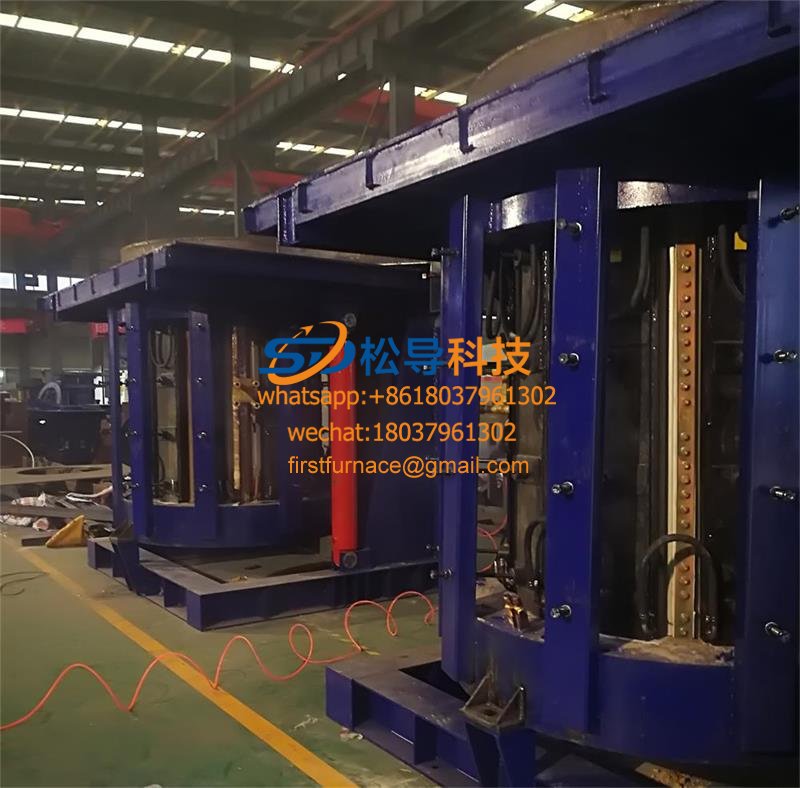
5T Parallel Intermediate Frequency Furna
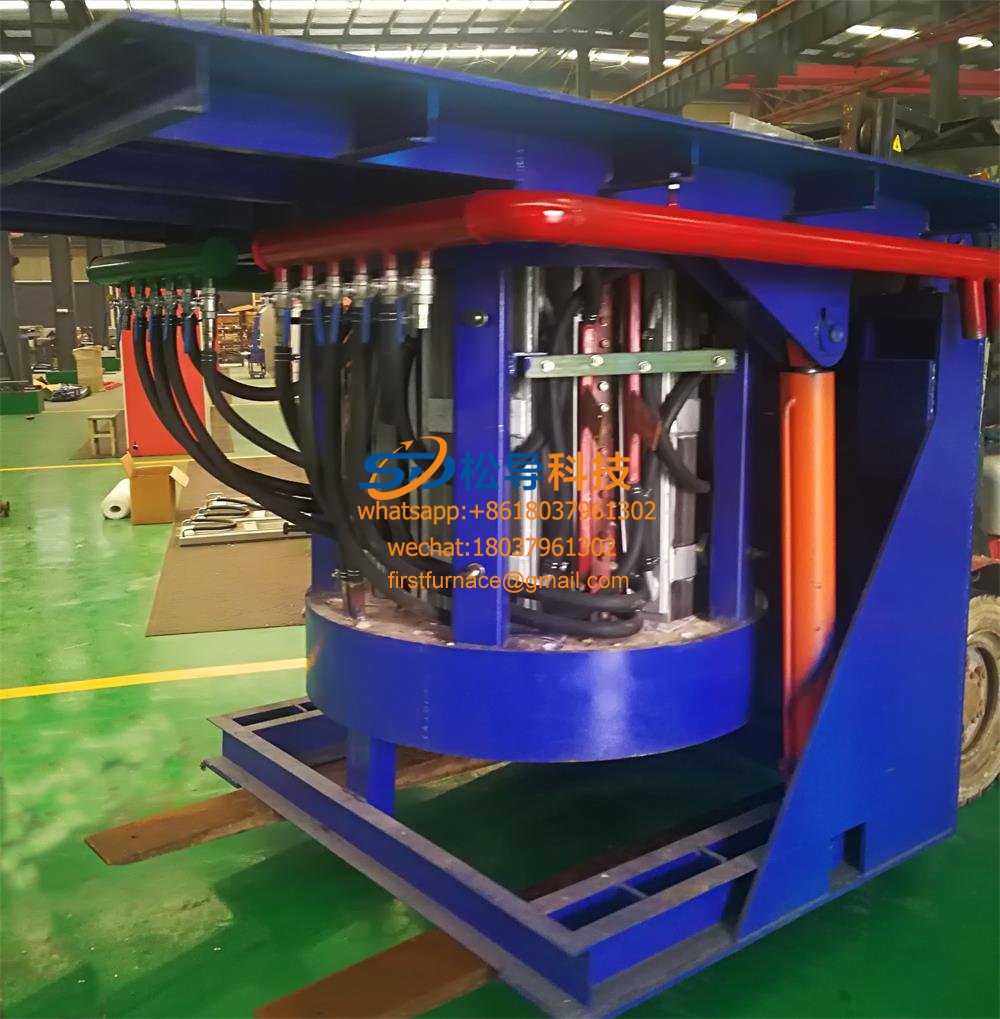
5T Intermediate Frequency Furnace

5T Series Intermediate Frequency Furnace
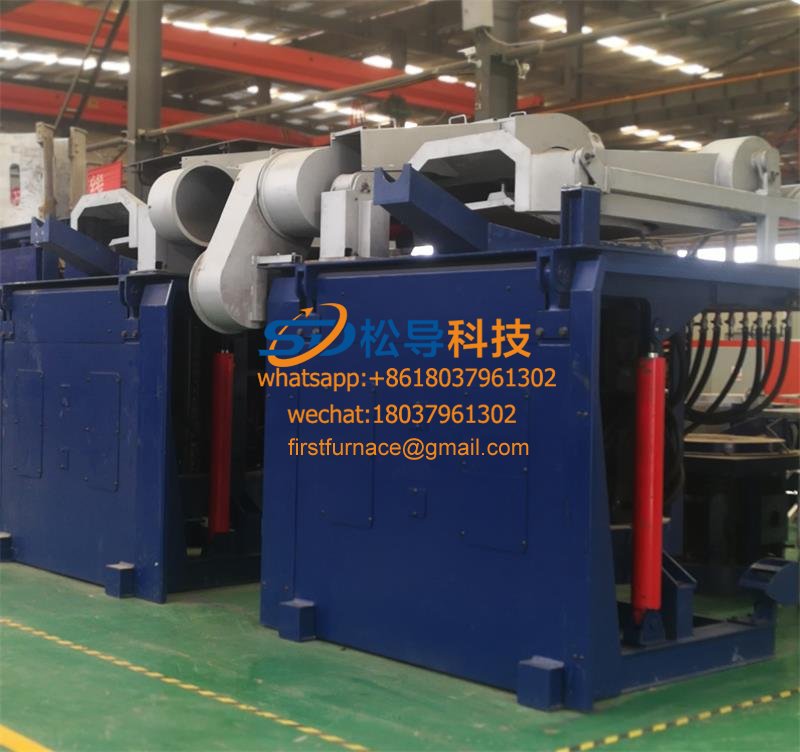
3T Series Intermediate Frequency Furnace
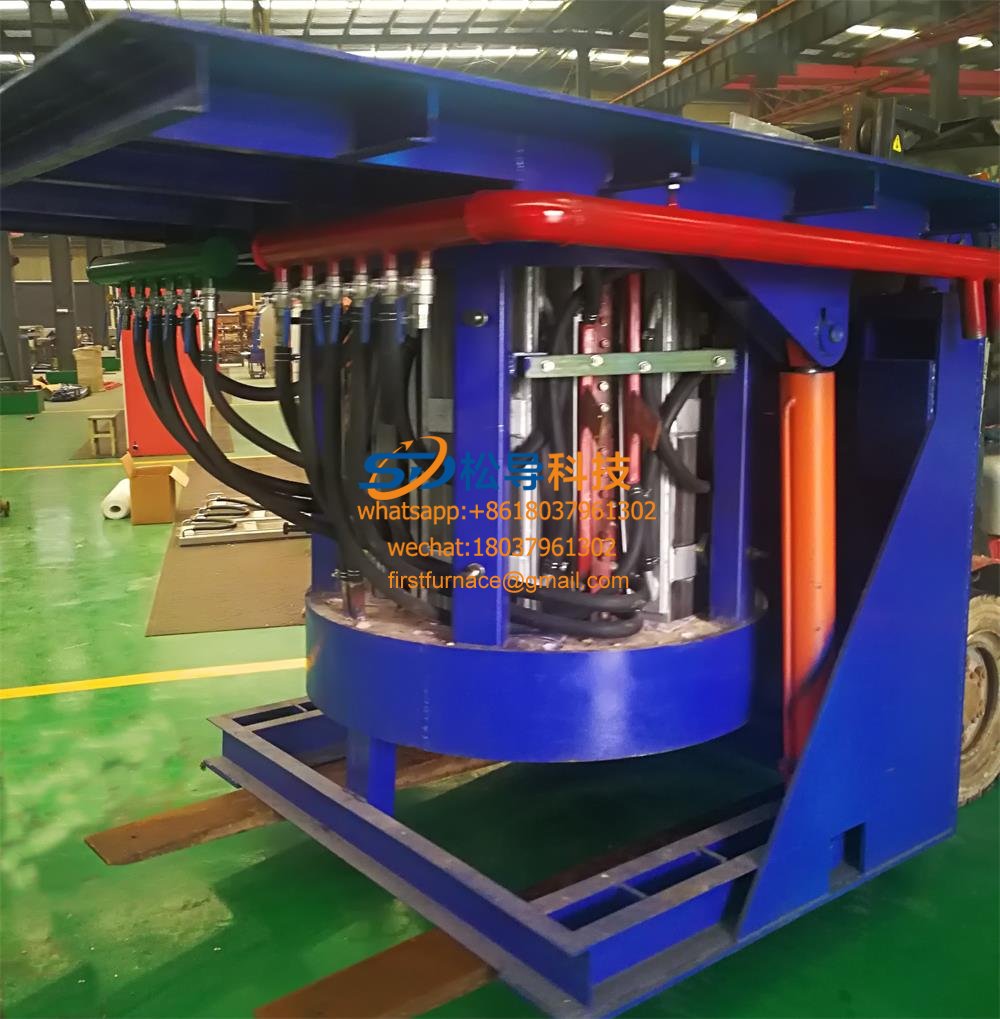
2T Series Intermediate Frequency Furnace
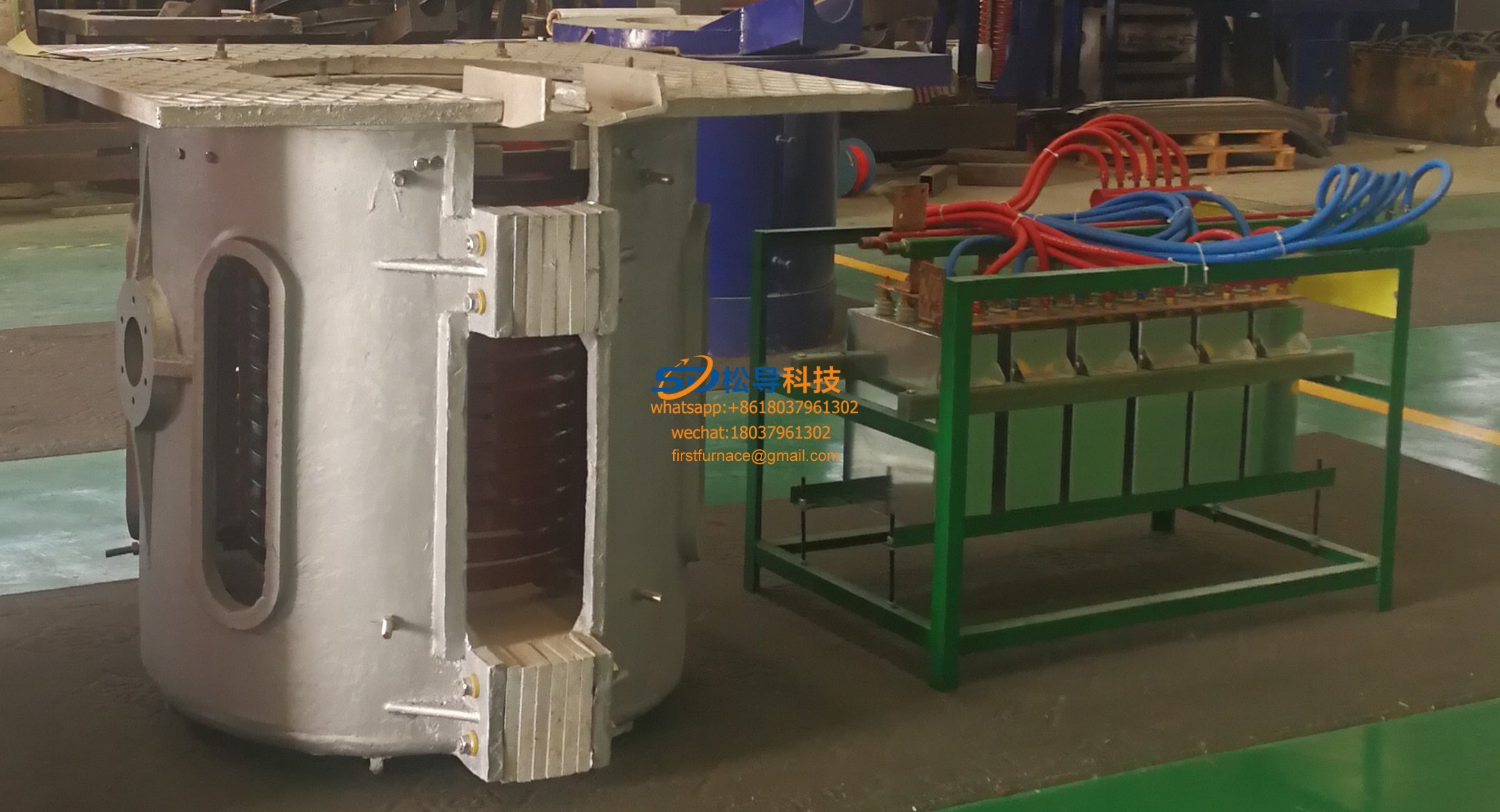
1T Series Intermediate Frequency Furnace
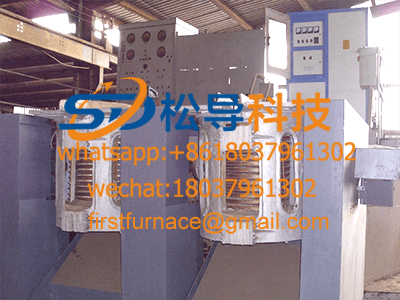
0.5T Series Intermediate Frequency Furna

0.25T Series Intermediate Frequency Furn
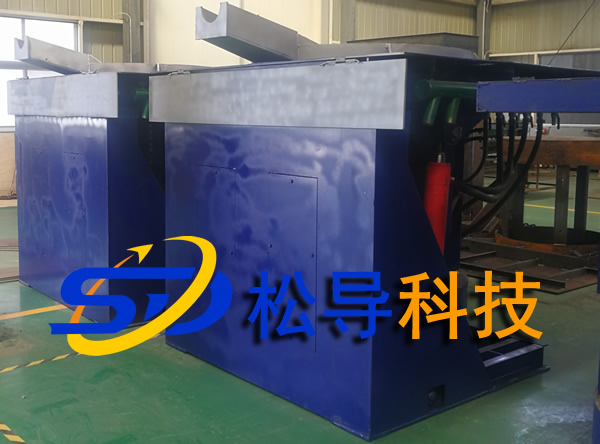
1T Parallel Intermediate Frequency Furna
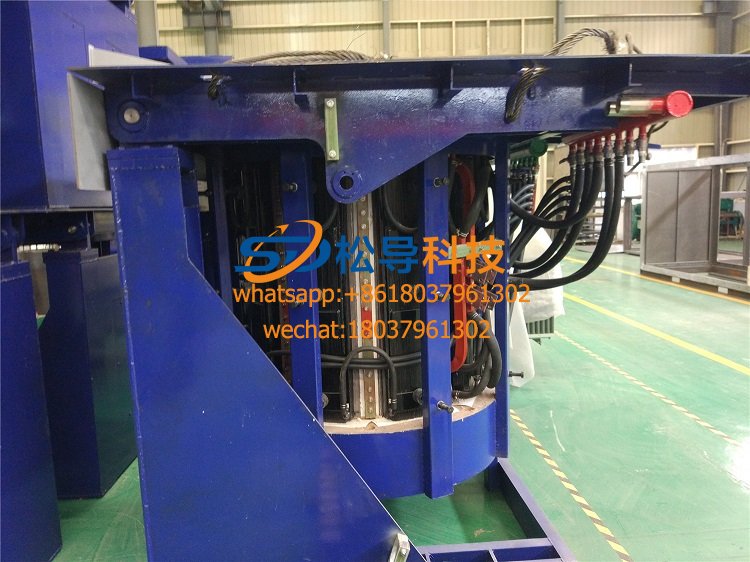
2T Parallel Intermediate Frequency Furna
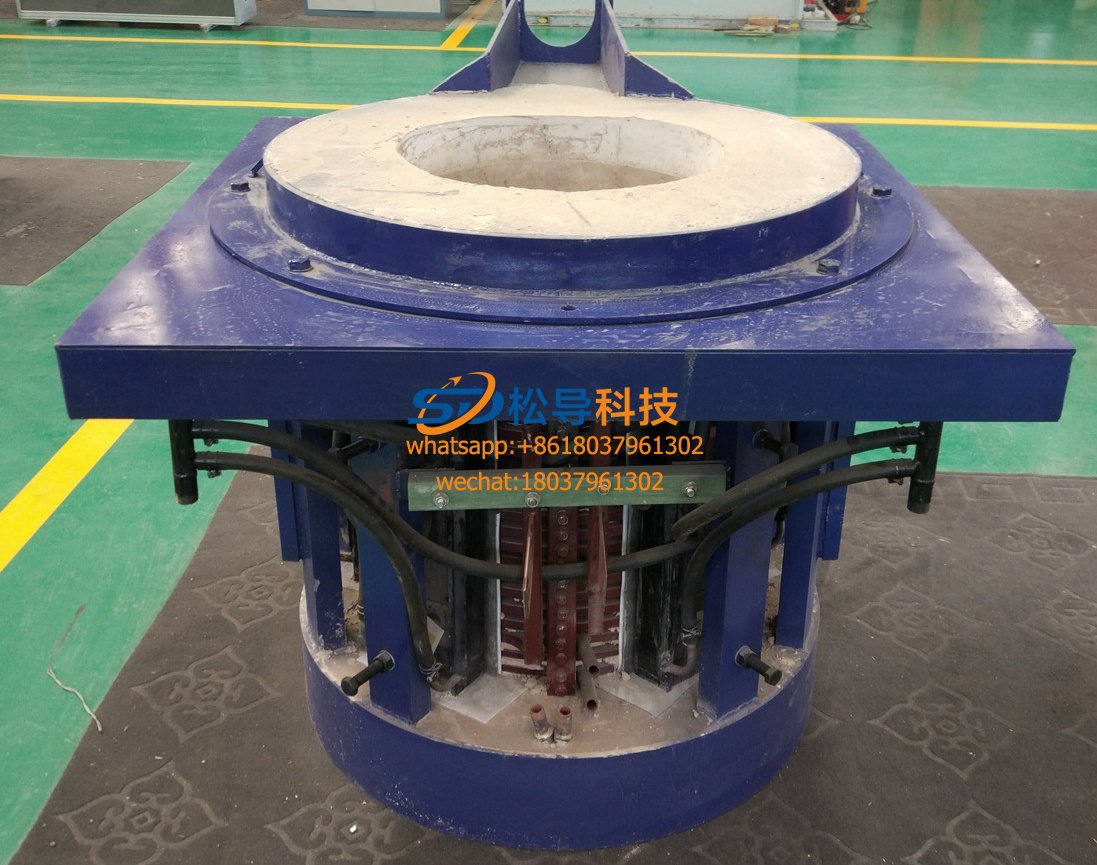
0.5T Parallel Intermediate Frequency Fur






